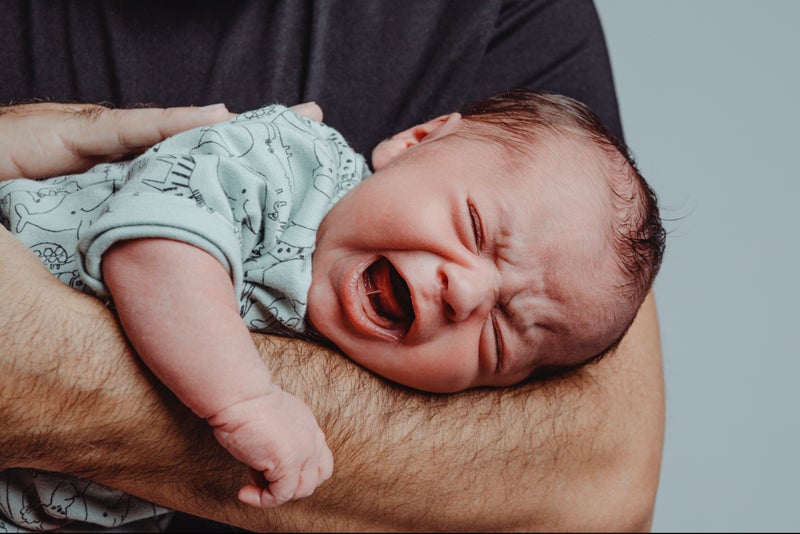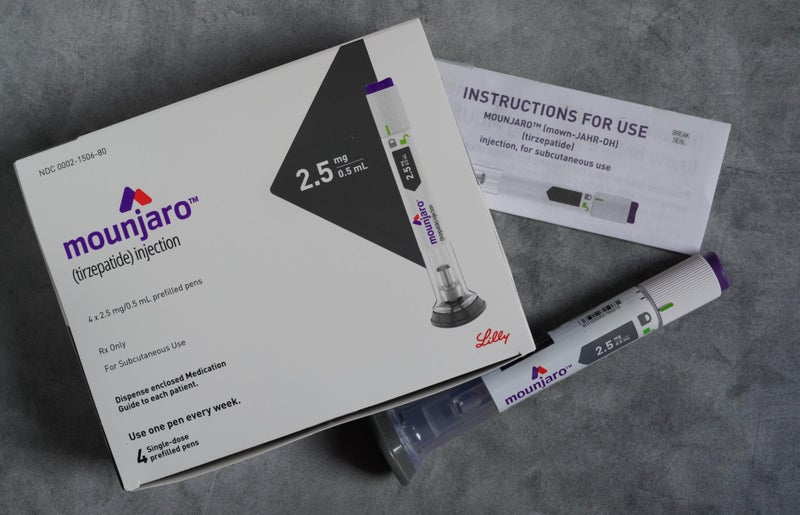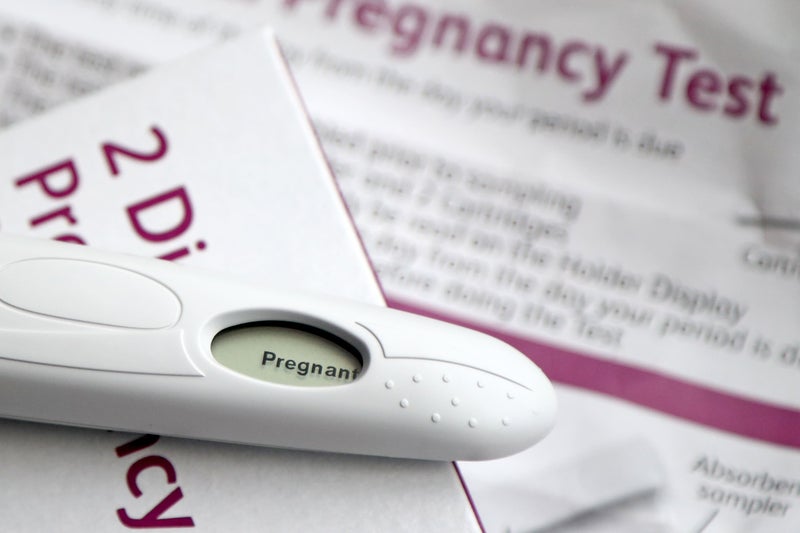This peak in multiple births is probably due to fertility rates rising in older women – but mainly the growing use of fertility treatments prior to the impact of the One at a Time campaign.
Concerns over the steep rise in multiple births due to fertility treatments, and the number of these babies being born premature as a result, led to the “One at a Time” campaign to promote only one embryo being transferred at a time.
Yet from the mid-2000s to mid-2010s, multiple birth rates in the UK reached over 16 per 1,000 pregnancies (around 11,000 multiple pregnancies a year).
Practices around multi-embryo transfer vary in European countries popular for fertility tourism from the UK – meaning the proportion of multiple pregnancies that occur from fertility treatment abroad could be much higher.
Data from England and Wales in 2023 shows that for women under 20, one in 2,000 was a multiple birth – but for women aged 35-39, this rises to one in 57.




















